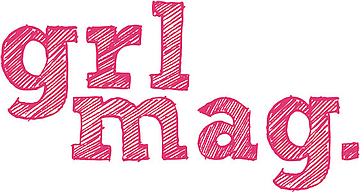

Around 5 million populate the small ethnic group identified as Karen (pronounced kuh-ren). Karen people carry their traditions and culture to disperse regions. There is a large amount of knowledge and context about Karen that learners have yet to be informed about!
Did you know?
Throughout the 72 and ongoing years of civil war and bloody attacks, the Karen people still hold true to their culture and
their love for the Karen will continue to shine through their people.
The Karen flag symbolizes who the Karen people are and what they represent!
Origin –
During World War II, tension between the Karen and Burmese military developed into a civil war. When Burmese military groups invaded the camps of the Karen, they would perpetuate affirmative action.
Homes were burned down, women and kids were assaulted. On the run from the Burmese soldiers, kids would separate from their parents and never be seen again. An estimated four hundred camps were burned and over thousands of Karen people were killed. Some Karen were lucky enough to have escaped to refugee camps to Thailand and a selected population was fortunate to begin anew in America. It has been 72 years now and the Karen people still struggle to evade from Burmese soldiers. They hope and pray that one day, both counterparts will meet each other in peace and there would be no more bloodshed. No matter the efforts of the Burmese soldiers, the Karen community remains strong through fruitless turmoil. The Karen population serves as a primary example of what resilience and unity looks like. The Karen flag is a valid representation of the close-knit culture of the indigineous group!

The traditional Karen clothing is weaved with care and holds much representation and symbolism.
Karen weaves their clothes by themselves. Their clothing comes in a wide variety of styles! Some are designed with a simple pattern while others are more elaborate with beads and flower patterns. The women wear skirts that are pronounced (nee) the men wear skirts pronounced (ta Ku). Below are some of the beautiful Karen traditional clothing!



In addition, the culinary experience is a special bonding moment between family and friends.
Much of Karen cuisine is similar to Burmese and Thai cuisine which typically consists of pastes and curries. Fish paste is made from fish that is boiled in water and then drained so that the water is only remaining. Since the consistency is primarily liquid, it is generally eaten with rice and a wide variety of vegetables. Curries consist of chicken, beef, egg, and pork. These meals are enjoyed by the majority of family and friends. Below are some pictures of our cravings!



All in all, the Karen Culture is incredibly culturally and linguistically diverse!
Thank you on behalf of HERd for your viewership and continuous support!
